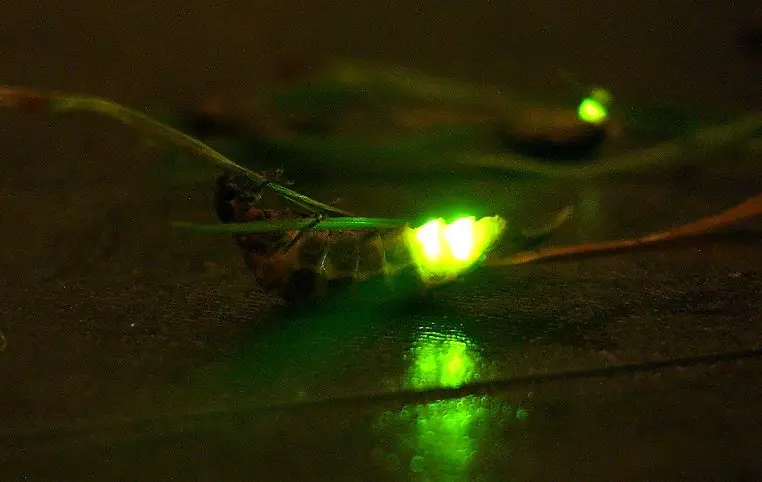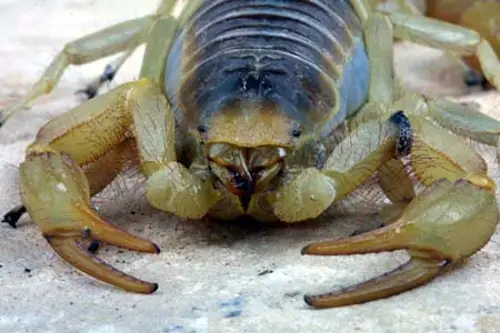Goliath Beetle
Goliath beetles are members of the insect family, called a scarab beetle.
This group of insects is a native species to Africa.
They are usually tropical although some are more subtropical.
The Goliath beetles are among the largest beetle in the world and they are certainly the heaviest.

Goliath Beetle
The larvae need more protein than most beetle larvae and instead of being developed in decayed plant materials such as trees and dead wood they need a bit more of something like peat in which to lay their eggs.
These larvae grow so rapidly that they will reach an incredible weight in about four months and weigh more than 100 grams.
They can grow up to five inches long in larval stages.
When the end of the wet season arrives in Africa, the larva is done growing.
It will burrow deep under the ground and make a cocoon of sorts which is a thin cell out of soil
It will become an adult while the world above it enters the dry season.
Completely inactive for about three weeks, the larva will shrink and become very wrinkly, when it then sheds the skin and the teenage years, (prepupal) stage is entered.
During this time it becomes an adult through various changes.
In several months the adult will shed the kind and then open its wings and fold them to a proper position on its body.

Goliath Beetle
The beetle will then harden, to a shell called an exoskeleton, still underground.
When the wet season arrives again it will be awakened to emerge from its underground home when the water soaks down to soften the shell of its encasement.
He or she will then fly away in search of a potential mate and the entire things begin again.
Adult Goliath beetles will eat nearly any food that is high in sugar or glucose, particularly tree sap. They will also eat fruit, when it is very ripe.
Goliath beetles have a first pair of wings which are protective covers for their secondary pair of wings. Only the second pair of wings is actually used for flying.
Find out more about the Goliath Beetle over at Wikipedia »



Yea, I found one of your Beatles…In my house!! I live on the Sound in North Caroline. This one had a bulb and stinger thing on it’s butt though and as big as my palm. Don’t worry, it’s still alive, we placed him back outside where he belonged..
I think your site is wonderful. I live in the UK where unfortunately these lovely little chaps are not to be found. I would love some as pets but only if I could undertake a breeding programme. To just buy them, always assuming you can, which is a matter of some doubt in this unimaginative country of ours, it would be a travesty to just keep them until they die.
Does any one on this site have a breeding programme? I doubt very much if anyone in the UK has, mores the pity.
Love to all and the beetles!!
Jo
i have saw a goliath beetle of my first time and a dung beetle i make them as my pets and train them to fly,fight.
that is the bigs beetle I seen today
For a complete Goliathus breeding caresheet, please come visit http://www.Insect-Collection.com under the Invertebrate Caresheet section.
This is a complete caresheet from someone who has bred them successfully.
Yes, you can buy them in the UK. I am new to flower beetles and write a blog about them – just search for the iloveflowerbeetles blog ;) They’re such nice, unusual pets to keep :)
http://iloveflowerbeetles.wordpress.com/
~ I hope this link is allowed (hobby site).
Hello dear , I will like to known if you still want to buy some beetle (Insect) ,if yes them you nan get back to me on this e-mail address (lake33@live.com) ,For i will be waiting to read from you as soon as possible.Best regards
it’s very nice…………..